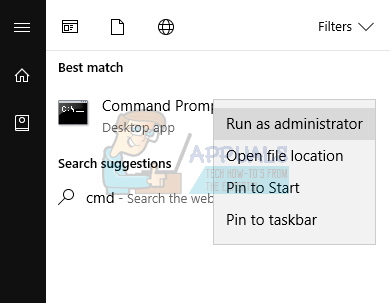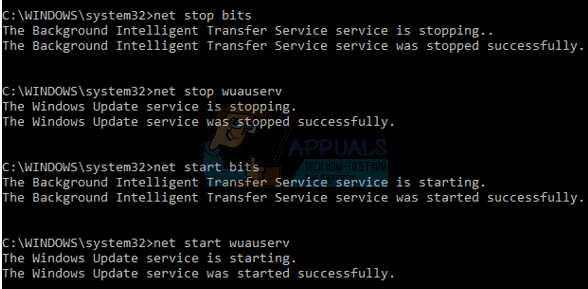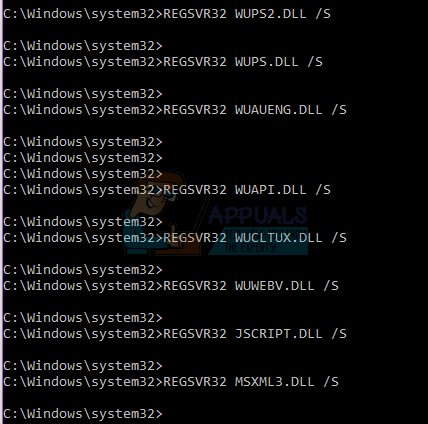Fix: Windows 10 Update Error 0x80080008
Some Windows 10 users are receiving a Windows Update error 0x80080008 with the installation aborted when trying to perform an update. This error has also been experienced by Windows 10 Mobile users. Many users who installed the latest Windows 10 build have confirmed that they encountered this error during the install process. When you run the Windows Update troubleshooter, the issue may be fixed temporarily and then resume after a restart with an error message like “Service registration is missing or corrupt”.
Update error code 0x80080008 stands for CO_E_SERVER_STOPPING – the object server terminated, after being invoked via OLE service. This error is caused as a result of the Wups2.dll file that is included in the latest version of Windows Update not installed incorrectly.

We’ll provide solutions to this problem for users of Windows 10 PC and then Mobile. Registering Wups2.dll, restarting the Windows Update service and enabling auto updates are ways to solve this problem.
Method 1: Restarting the Windows Update Service
- Launch the command prompt with elevated privileges typing cmd in the Start Menu, right-clicking on Command Prompt and selecting “Run as administrator”. Accept the UAC prompt when it appears.

- Type the following commands in the command prompt.
net stop bits
net stop wuauserv
net start bits
net start wuauserv
- Try to run Windows Updates again to see if the problem has stopped. If it still persists, check and repair your Windows component store using the command:
DISM /Online /Cleanup-Image /RestoreHealth
Alternatively, you can run this script by right-clicking on it and selecting “Run as Administrator”.
Method 2: Re-registering Wups2.dll
Wups2.dll is the faulting module for this error. Re-registering it should fix the issue.
- Launch the command prompt with elevated privileges typing cmd in the Start Menu, right-clicking on Command Prompt and selecting “Run as administrator”. Accept the UAC prompt when it appears.
- Enter the following commands in the command prompt
REGSVR32 WUPS2.DLL /S
REGSVR32 WUPS.DLL /S
REGSVR32 WUAUENG.DLL /S
REGSVR32 WUAPI.DLL /S
REGSVR32 WUCLTUX.DLL /S
REGSVR32 WUWEBV.DLL /S
REGSVR32 JSCRIPT.DLL /S
REGSVR32 MSXML3.DLL /S

Alternatively, you can run this batch file and an Administrator by right-clicking and selecting “Run as Administrator”.
- Reboot your PC and try to run Windows Updates again to see if the problem has stopped.
Method 3: Turning on Automatic Updates
If Automatic Updates are turned on, the latest version of the Windows Update Agent will be downloaded and installed automatically on your computer. If Auto updates are off, here’s how to get it working again.
- Open the Start Menu, type “Windows Update” and then hit Enter.
- Click Change Settings
- Under Important updates, choose Install updates automatically. Under Recommended updates choose the Give me recommended updates the same way I receive important updates check box, and then click OK.
- Try running Windows Updates again to see if the problem has stopped.
Method 4: Rebooting Phone
This method applies to Windows 10 Mobile users. Since there isn’t much to do here, reboot your device and then re-scan for updates. Your device should detect and install the latest Windows 10 updates.